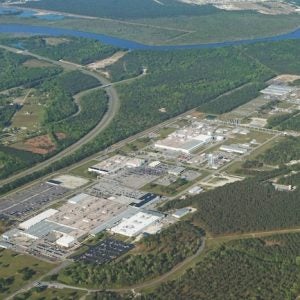Table 1 lists the average 12-monthly and lifetime load factors for units over 150 MWe as at the end of March 1999. There were no units with less than one year’s operation experience, hence there is no Table 2. There were no data available for any Bulgarian units, and from four US stations.
The astonishing new record of eleven units having achieved 100% output for the previous 12 months is a very good result for nuclear power in general, and is reflected in improvements in each of the separate analyses also, for example compare the division into the quartiles for end March 1998 and this year, or the individual reactor type averages, where only the ageing Magnox units have declined – although not by much! Canada and the CANDU reactors there are still suffering from the refurbishment and shut-downs, and there is a problem with the rating of the operating Bruce units. These were designed to supply steam to the neighbouring heavy water plants from the outset. But when the demand for heavy water fell, and the plants were then shut down, the Bruce units were allowed to increase output of electricity in place of the thermal production. This has proved impossible to continue without design changes, so the remaining Bruce units are operating successfully at their original electrical design output, effectively without any investment having taken place in uprating them. According to Nuclear Engineering International’s normal criteria, a derating of a unit is not taken into account, since investment has been made in the uprating in the first place, and the reporting and analyses of performance in these pages is intended to give some indication of value for money in the costs of nuclear power. But it is argued that this change in circumstances at Bruce involved no investment in uprating, and this is a point well-made. At present, this problem is unresolved. Watch this space.
Richard Knox






